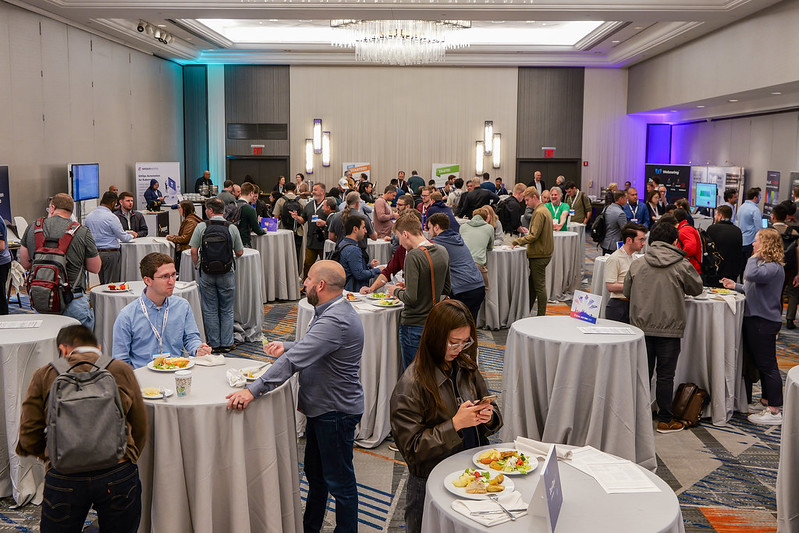🔍 Frequently Asked Questions (FAQ)
1. What does the "JavaScript Testing & Security" track emphasize?
This track focuses on enhancing the security and reliability of JavaScript applications by combining testing tools, static typing, and security best practices. It prioritizes both code quality and resilience.
2. Which tools and practices are covered for automated testing?
You’ll master test automation with tools like Jest, Mocha, Cypress, and Playwright—covering unit, integration, and end-to-end testing to ensure application stability.
3. How does this track teach developers to guard against common web vulnerabilities?
The track explores strategies to thwart critical threats like XSS, CSRF, and SQL injection, helping developers build more secure applications.
4. What tools are introduced for performing penetration testing?
Attendees learn penetration testing techniques using tools such as OWASP ZAP, Burp Suite, and other industry-standard resources to identify and mitigate security weaknesses.
5. How are authorization and access control addressed?
The track covers secure authentication and authorization methods—including OAuth 2.0, JWT, and RBAC—to safeguard sensitive data and ensure appropriate access control.

 6 months access to session recordings.
6 months access to session recordings.